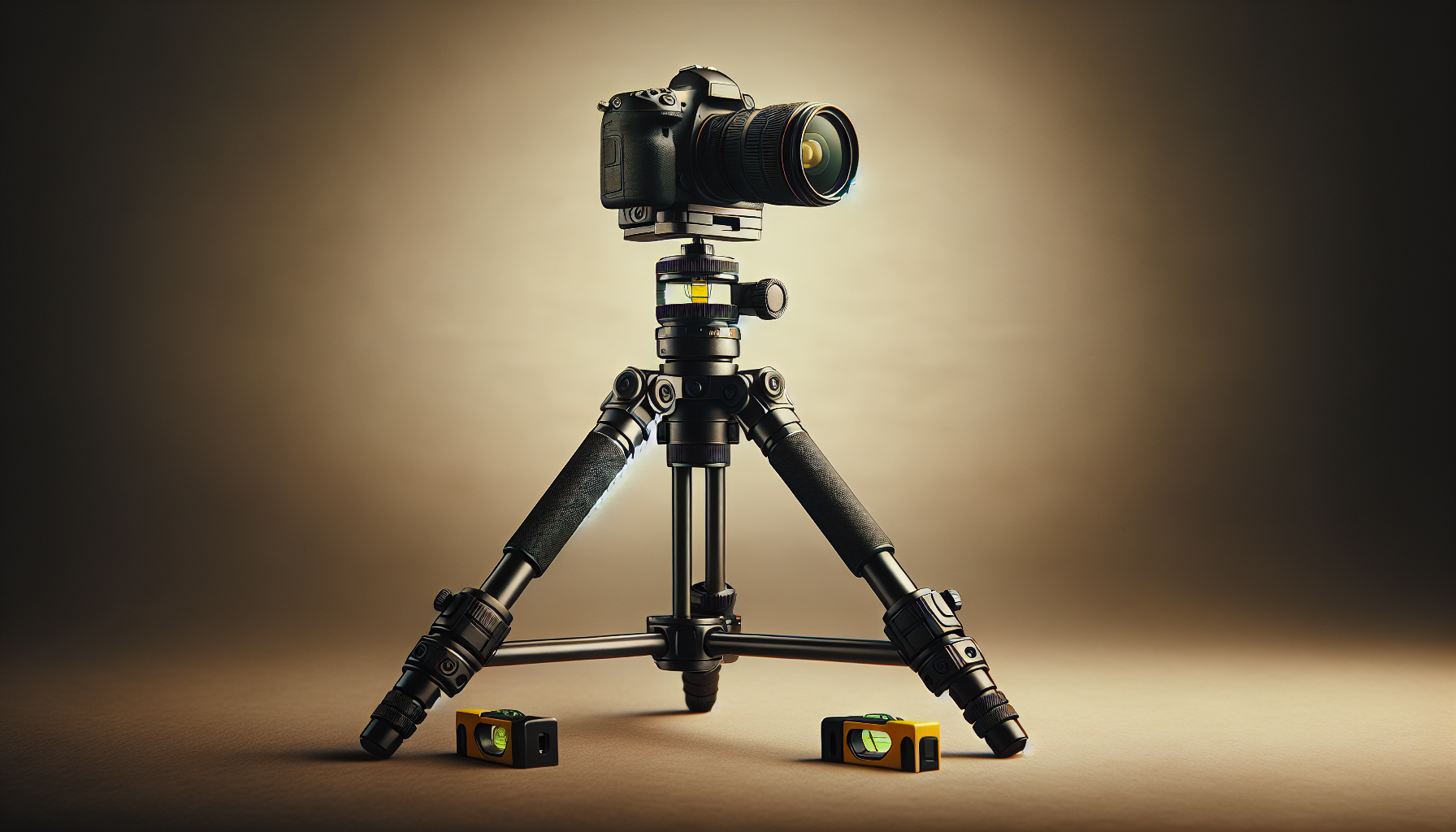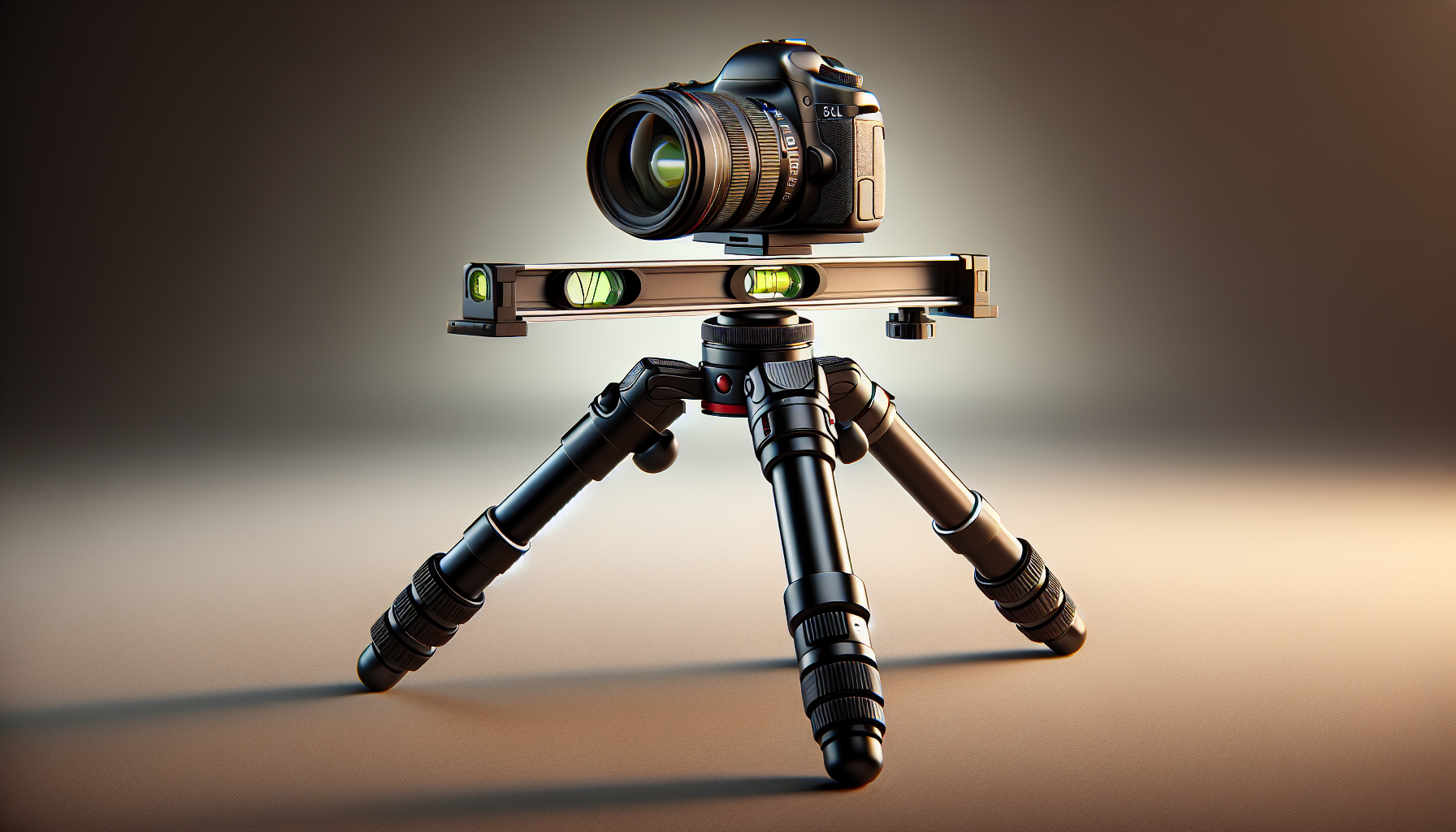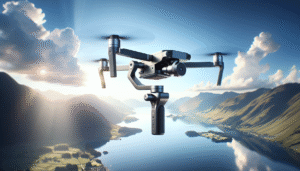Have you ever been in the middle of capturing a perfect moment, only to notice that your camera is slightly tilted, making your shot look awkward and off-kilter? It seems that no matter how carefully I adjust it, my camera loves to lean like it’s in a yoga class I never signed up for. If you’re nodding along, sympathizing with this plight, then you’ve come to the right place. Let’s talk about why our cameras sometimes misbehave and how to prevent that tilt from ruining our beautiful shots.

Why Is My Camera Always Tilted?
Before we dig into solutions, let’s take a moment to ponder what causes our cameras to rebel against the laws of physics. Have you ever set up your camera, certain that it was perfectly level, only to find your resulting photos looking like they belong in a crooked hall of mirrors? Oh, the frustration!
Common Culprits
Several factors can contribute to a camera not staying level. Let’s go through a few:
- Uneven Tripod Legs: Just like a chair that won’t sit still on an old floor, uneven tripod legs can be a sneakily simple yet frustrating issue.
- Loose Head Plate: If the head plate on the tripod isn’t secure, your camera might move at the slightest touch.
- Gravity: It’s not just for apples and Newton, gravity loves playing tricks on electronics too.
- User-error: Let’s be honest, sometimes it’s us. It’s easy to overlook a slightly loosened screw or an unbalanced mount when you’re focused on capturing the moment.
Environmental Elements
Sometimes, the environment itself can be to blame:
- Uneven Ground: Setting up on rocky or uneven surfaces can lead to endless adjustments.
- Wind: A gentle breeze can make a big difference, especially if your tripod acts like a sail.
- Vibrations: Shooting near bustling streets or active construction sites? The vibrations might be sneaky hijackers of balance.
Balancing Tools to the Rescue
Now that we’ve established the villains in our story, let’s dive into the heroes: the balancing tools. These trusty sidekicks can turn a rocky relationship between you and your camera into a harmonious partnership.
Bubble Levels and Spirit Levels
Imagine a world where you could just set your bubble level atop your camera, and voila! You’ve got a perfectly level shot.
- Built-in Bubble Levels: Many tripods have these nifty built-in levels. Keeping an eye on this simple tool might save you an editing nightmare later.
| Pros | Cons |
|---|---|
| Quick visual check for leveling | Not always accurate under all lighting conditions |
| Easy to use and effective for minor adjustments | May require bending or squatting if not at eye level |
- External Spirit Levels: These are small, attachable levels that can give you more flexibility, plus they’re portable!
Gyroscopic Stabilizers
For those with a flair for the dramatic or a propensity to embrace cutting-edge technology, gyroscopic stabilizers could be your new best friends. This magical-sounding tool uses sensors and motors to maintain a level horizon even in the trickiest situations.
| Pros | Cons |
|---|---|
| High-tech and effective for motion shots | More expensive than traditional levels |
| Fantastic for video work and dynamic photography | Requires power and may need recharging |

Mounting Solutions for Balanced Shots
With the tools to ensure your camera is level, it’s time to discuss how we mount our gear for optimal stability and balance.
Tripod Basics
A good tripod is the foundation of a stable setup. But not all tripods are created equal. Here’s what to consider:
- Weight: A heavier tripod might be a bit of a workout, but it usually means more stability.
- Material: Aluminum and carbon fiber are popular choices, each with its own benefits. Aluminum is more affordable, while carbon fiber is lighter but pricier.
- Head Type: Choose between ball heads, pan heads, and fluid heads based on your specific needs.
| Type | Benefits | Drawbacks |
|---|---|---|
| Ball Head | Easy to adjust and lock | May not be ideal for precise movements |
| Pan Head | Perfect for sweeping movements | Can be heavier and more cumbersome |
| Fluid Head | Great for smooth video | More expensive and larger |
Tripod Alternatives
Maybe tripods aren’t your jam; I get that. There are other ways to keep your camera level:
- Monopods: A single-legged cousin to the tripod, monopods are portable and perfect for quick setups, although they lack some stability.
- Gorillapods: These fun, flexible options wrap around almost anything, offering unique and creative positioning opportunities.
- Clamps and Mounts: Perfect for securing your camera in unusual locations or tight spaces.
Practical Tips for Keeping Your Camera Level
Knowing which tools and mounts to use is only part of the battle. Let’s tackle some practical tips to perfect your leveling game.
Check Your Horizon
One of the simplest tricks in the book is to watch the horizon line in your viewfinder or screen. If it looks level, you’re likely off to a good start.
Find Your Center of Gravity
Balancing your camera isn’t just about the legs. Ensure the weight of your camera setup (body, lens, accessories) is centered to minimize the risk of tipping.
Lock It Down
Once everything looks level, make sure to lock all adjustment knobs and plates tightly to avoid any surprises during shooting.
Stay Mindful of Foot Traffic
If you’re shooting in a busy area, be aware of people and animals who might inadvertently bump your setup. A little precaution can prevent a lot of headaches.
Reinforce Your Setup
If in a wind-prone area or dealing with vibrations, use a weight bag or sandbag at the base of your tripod to anchor it.
Final Thoughts
When it comes to artistic pursuits, keeping your camera level might seem like a small detail, but it can have a significant impact on the final result. Like mastering any skill, it takes a blend of the right tools, practice, and perhaps a touch of patience. And remember, each step towards improvement is a step towards those photos that perfectly capture how you saw the world at that moment.
So next time your camera starts to teeter, don’t curse the heavens or the earth beneath your feet. Simply reach for your trusty bubble level, steady your tripod, and trust in your newly acquired knowledge. Your photos, and your burgeoning reputation as the go-to level-shot photographer among friends, will thank you. Now, get out there and capture those moments exactly as you envision them, without the tilt!
![Best Gimbal For DJI Mini 4 Pro In 2025 [Top Picks + Quick Deals]](https://droneaperture.com/wp-content/uploads/2025/06/best-gimbal-for-dji-mini-4-pro-in-2025-top-picks-quick-deals-1-300x171.png)
![Top 5 Drone Gimbals For Cinematic Footage Under $500 [2025 Tested]](https://droneaperture.com/wp-content/uploads/2025/06/top-5-drone-gimbals-for-cinematic-footage-under-500-2025-tested-300x171.png)
